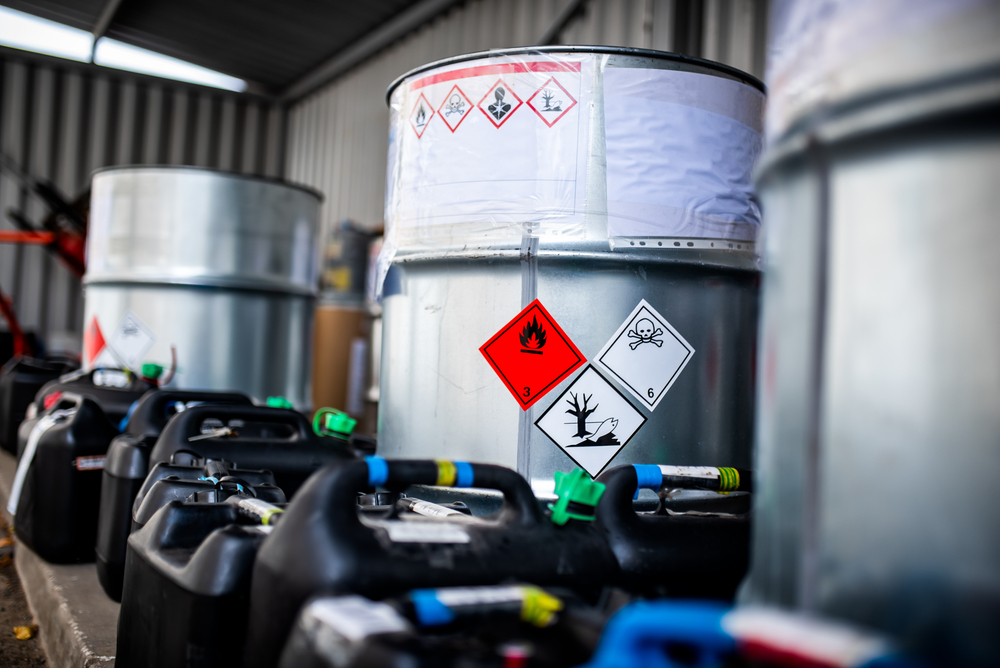A recently proposed rule would require facilities located near navigable waters and storing hazardous substances above certain levels to submit Facility Response Plans (FRPs) for worst-case discharges and substantial threats of worst-case discharges of those hazardous substances.
“As climate change increases the frequency and severity of extreme weather events, planning and preparedness for these incidents are especially important,” said Carlton Waterhouse, the EPA’s deputy assistant administrator for the Office of Land and Emergency Management, in an EPA news release. “This action will help protect the environment and public health from releases of Clean Water Act hazardous substances, particularly in communities with environmental justice concerns, which are disproportionately located in proximity to industrial facilities.”
Facilities subject to the proposed rule
There are three criteria to apply to determine if the proposed rule applies to a business.
Location. The facility must be located one-half mile from navigable waters or a conveyance to navigable waters. “Given the breadth of the term ‘navigable water,’ most facilities … will likely meet this criteria. … However, there is an exception for facilities that ‘could not reasonably be expected to have a discharge, or substantial threat of discharge’ based on ‘geographic and location aspects’ (but not man-made features) that restrain, hinder, or otherwise prevent discharge,” according to a Vinson & Elkins LLP article in Lexology.
Capacity to store threshold amounts of hazardous substances. The facility has the capacity to store on-site at any one time 10,000x the reportable quantity, as listed in 40 Code of Federal Regulations (CFR) 117.3, of Clean Water Act (CWA) hazardous substances. CWA hazardous substances are listed at 40 CFR 116.4. Several exemptions to the prosed rule apply when determining whether a company meets the maximum on-site screening criteria. See the text of the proposed rule for more details on these exemptions.
Substantial harm. If a company meets the first two screening criteria, it then must determine if it meets one or more of the following “substantial harm” criteria:
- A discharge is able to injure fish, wildlife, and sensitive environments.
- A discharge is able to adversely impact a public water system.
- A discharge is able to injure public receptors (i.e., parks, recreational areas, docks, or other public spaces inhabited, occupied, or used by the public at any time where members of the public could be injured as a result of a worst-case discharge to navigable waters).
- The facility has had a reportable CWA hazardous substance discharge under 40 CFR 117.21 within the last 5 years.
“Even if a facility does not meet the criteria described above, an EPA Regional Administrator can still require the facility to complete an FRP based on site-specific factors including considerations related to climate change and environmental justice … ,” Vinson & Elkins says.
Nontransportation facilities are subject to the proposed rule, but it does not apply to any facilities subject to Department of Transportation regulations.
“This generally includes industrial, commercial, agricultural, and public facilities that use and store certain substances, but not pipelines or other modes of transportation that are in movement ‘under active shipping papers,’” adds Vinson & Elkins. “It likewise does not apply to vessels or certain onshore and offshore facilities subject to U.S. Coast Guard or Department of Interior control and certain underground storage tanks.”
What’s in an FRP?
The proposed regulations require applicable facilities to develop an FRP, which details how a facility will prepare for and respond to a release of hazardous substances, including:
- Designating a qualified individual with full authority to implement response actions;
- Identifying personnel and equipment necessary to respond to a release;
- Describing the necessary training, testing, and drilling to prepare for a potential release;
- All necessary emergency response information, including facility information, hazard evaluations, discharge history, notification requirements, personnel assignments, evacuation plans, discharge detection systems, response actions, and disposal plans; and
- Coordination with local and state emergency response organizations.
Next steps
Companies are advised to evaluate which of their facilities may be subject to the proposed rule and to prepare a plan to meet the new requirements. Additionally, “[assess] whether any of your facilities or operations are vulnerable to physical climate risk and consider their proximity to environmental justice communities,” advises Vinson & Elkins.

